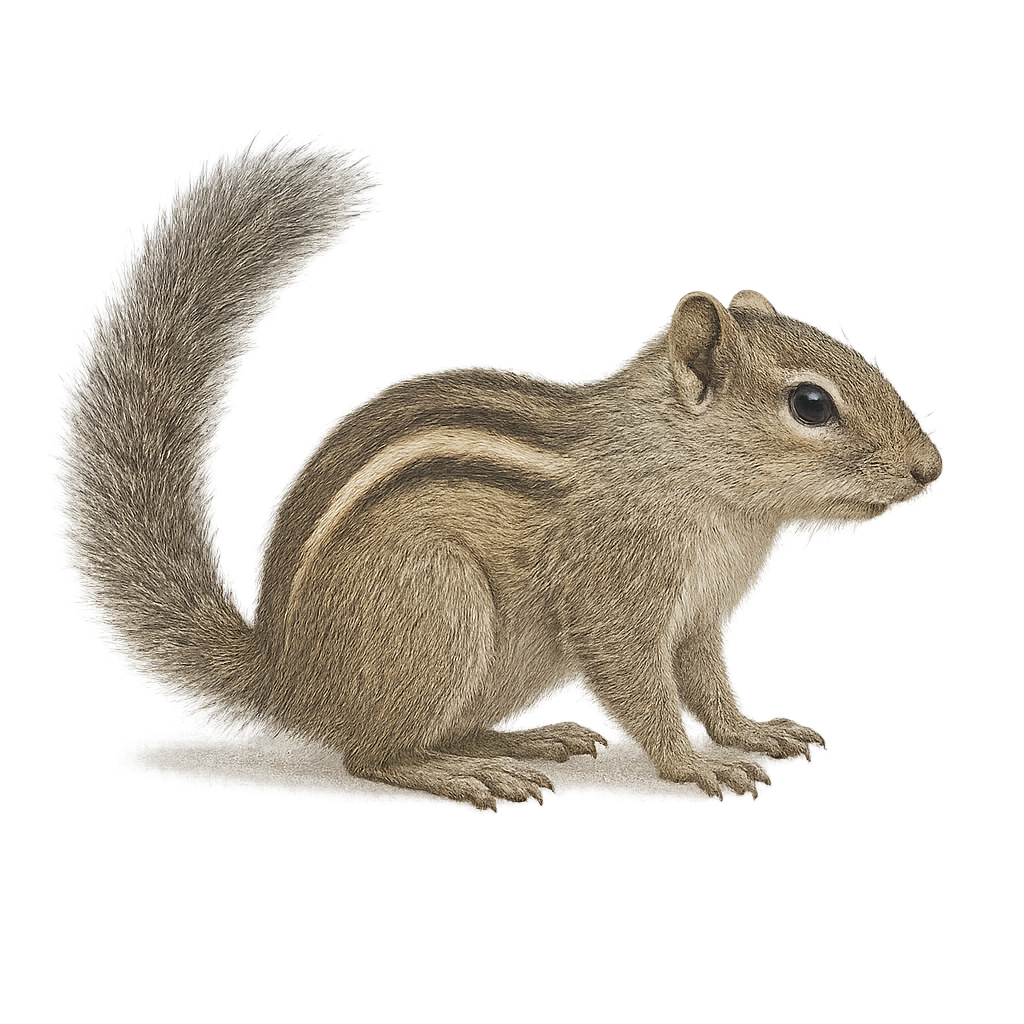Your wildlife photography guide.
Explore the indian palm squirrel in detail, study its behavior, prepare your shots.
Where to observe and photograph the indian palm squirrel in the wild
Learn where and when to spot the indian palm squirrel in the wild, how to identify the species based on distinctive features, and what natural environments it inhabits. The WildlifePhotographer app offers tailored photography tips that reflect the indian palm squirrel’s behavior, helping you capture better wildlife images. Explore the full species profile for key information including description, habitat, active periods, and approach techniques.
Indian palm squirrel
Scientific name: Funambulus palmarum

IUCN Status: Least Concern
Family: SCIURIDAE
Group: Mammals
Sensitivity to human approach: Not very shy
Minimum approach distance: 5 m
Rut period: December to February
Gestation: 28-35 jours
Births: January to March
Habitat:
forests, parks, gardens
Activity period :
Primarily active during the day, with peak activity in the morning and late afternoon.
Identification and description:
The Indian palm squirrel, scientifically known as Funambulus palmarum, is a small rodent native to the Indian subcontinent. It is easily identifiable by its three distinct white stripes running along its back, contrasting with its grey-brown fur. These squirrels are primarily arboreal and are often found in gardens, parks, and wooded areas. They are diurnal and spend most of their day foraging for food, mainly feeding on fruits, nuts, and occasionally insects. Their behavior is generally not very shy, making them quite visible in urban areas. Although often solitary, they can be seen in small groups, especially during the breeding season.
Recommended lens:
200 mm – adjust based on distance, desired framing (portrait or habitat), and approach conditions.
Photography tips:
To photograph the Funambulus palmarum, it is advisable to use a 200mm lens or longer to capture details while maintaining a respectful distance. Since these squirrels are active during the day, aim for early morning or late afternoon to take advantage of soft lighting. Be patient and discreet, as although they are not very shy, sudden movements might startle them. Observing their natural behavior can provide unique opportunities for dynamic shots.
The WildlifePhotographer App is coming soon!
Be the first to explore the best nature spots, track rutting seasons, log your observations, and observe more wildlife.
Already 1 431 wildlife lovers subscribed worldwide

